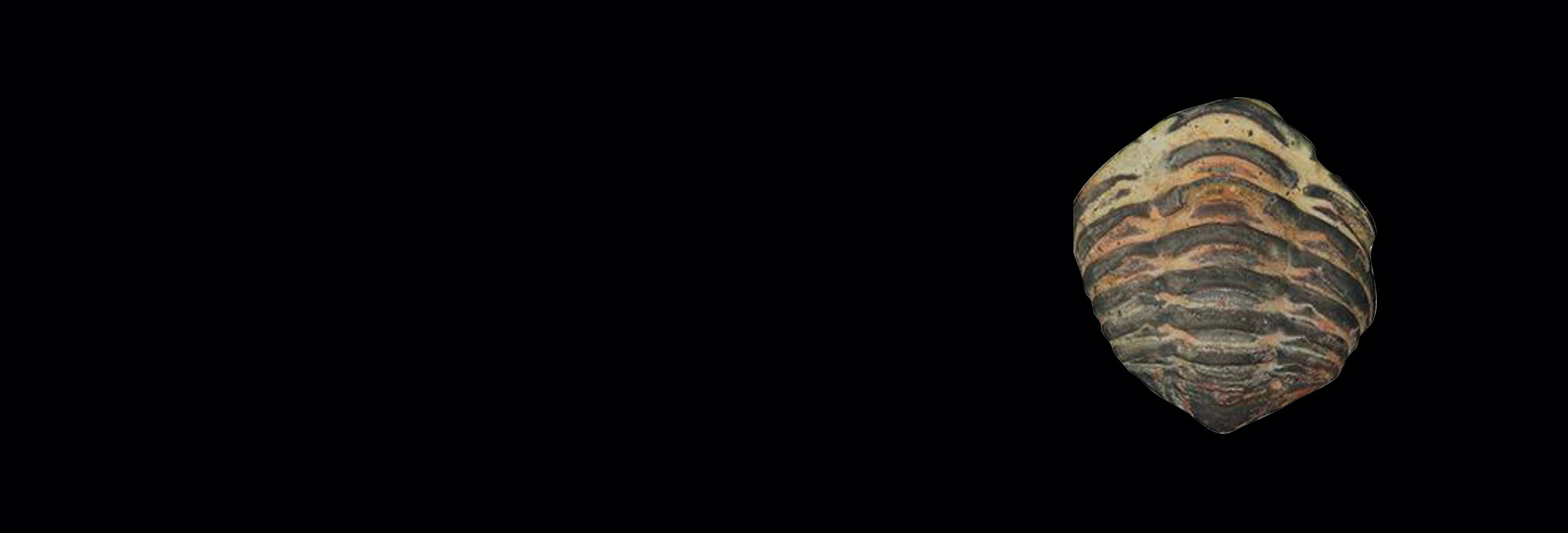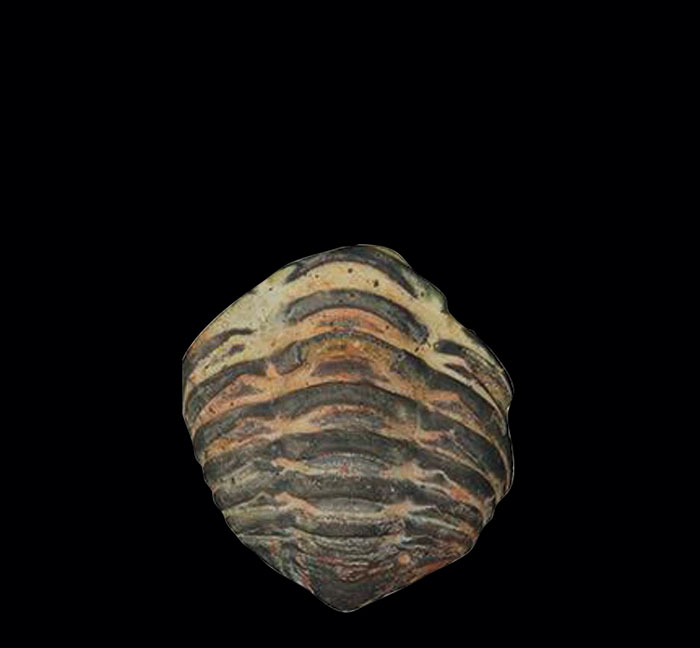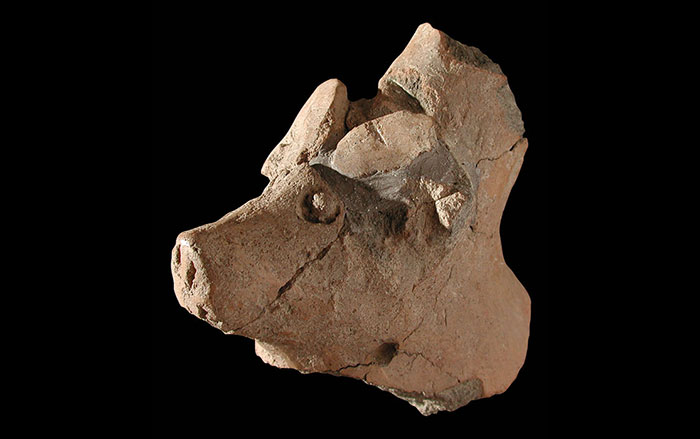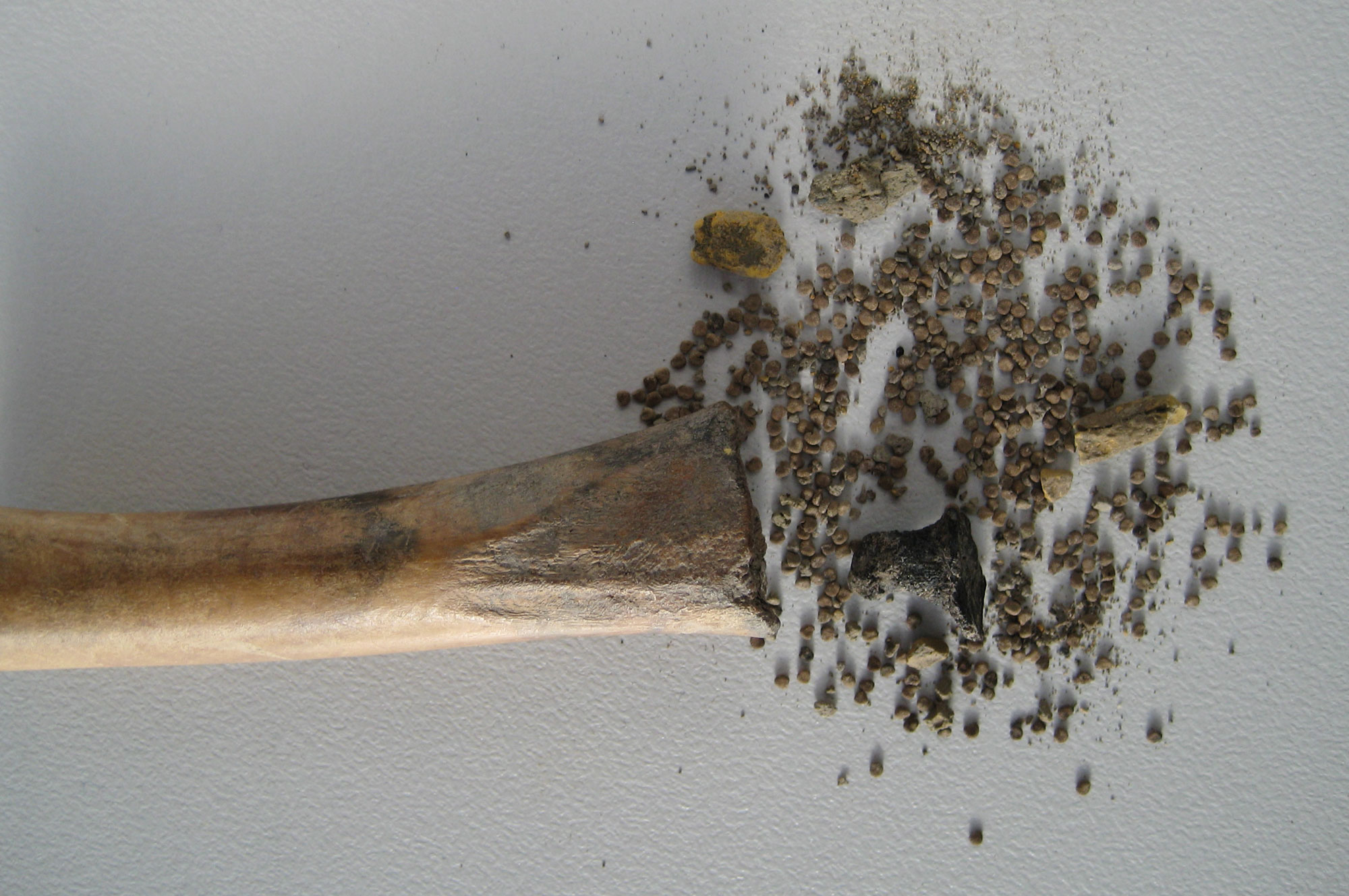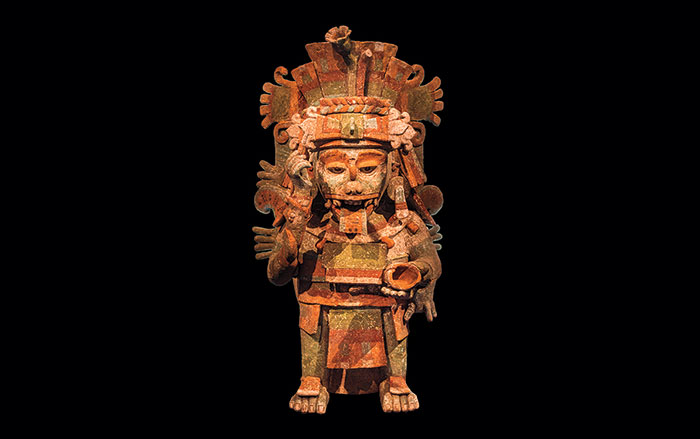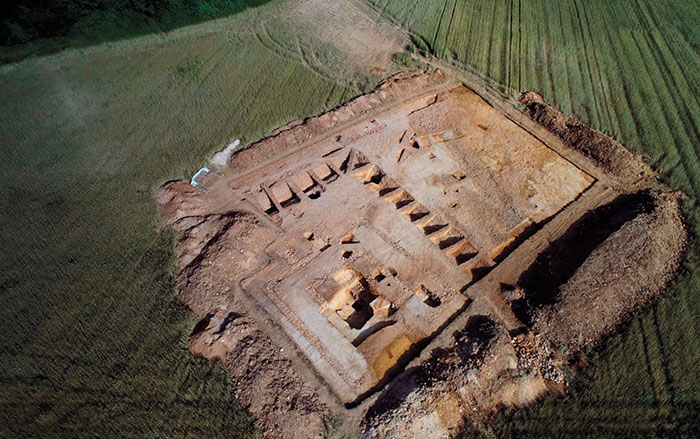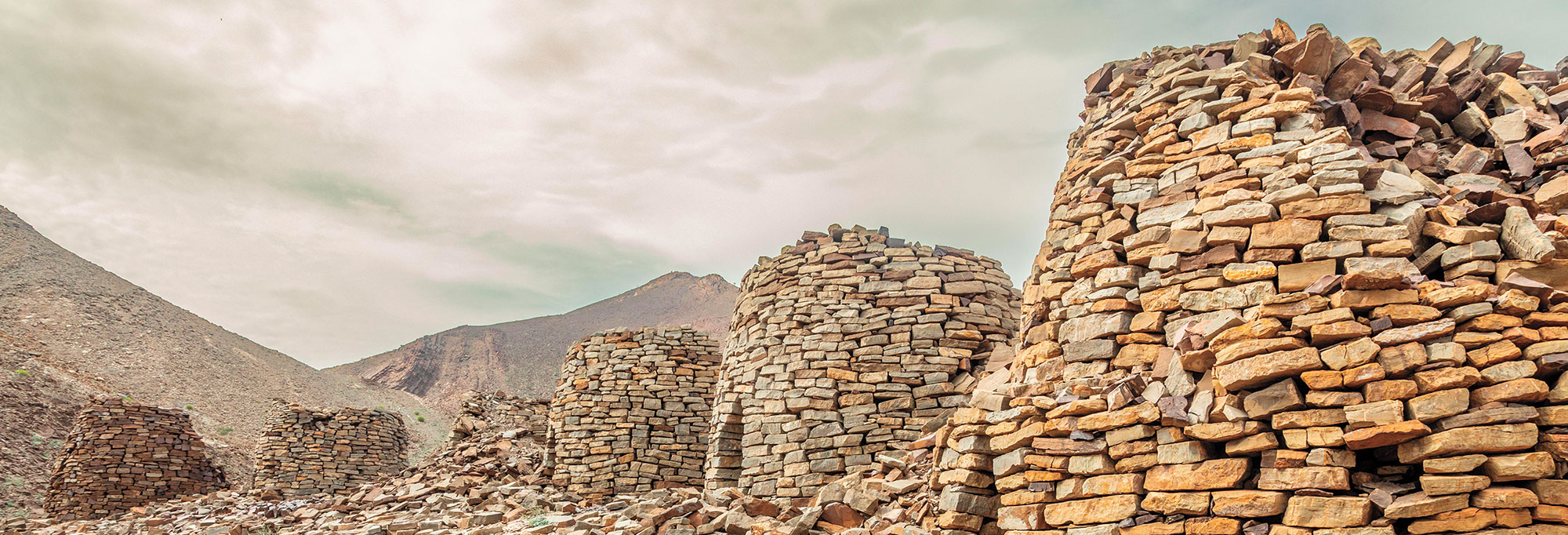One of the planet’s most successful arthropods, trilobites, abounded in the oceans from about 520 million to 250 million years ago. Trilobite exoskeletons are found on all seven continents and are a familiar sight in textbooks and museums the world over. Ancient Romans were also fascinated by these ubiquitous fossils. Classical authors, including the first-century a.d. Roman historian Pliny the Elder, mention trilobites, and archaeologists have found many examples of Roman glass and jet beads that take their characteristic shape. Yet no trilobite fossil had ever been found at a Roman site until a team led by University of Vigo archaeologist Adolfo Fernández-Fernández unearthed one measuring an inch long in a trash deposit in the Roman city of Armea in northern Spain.
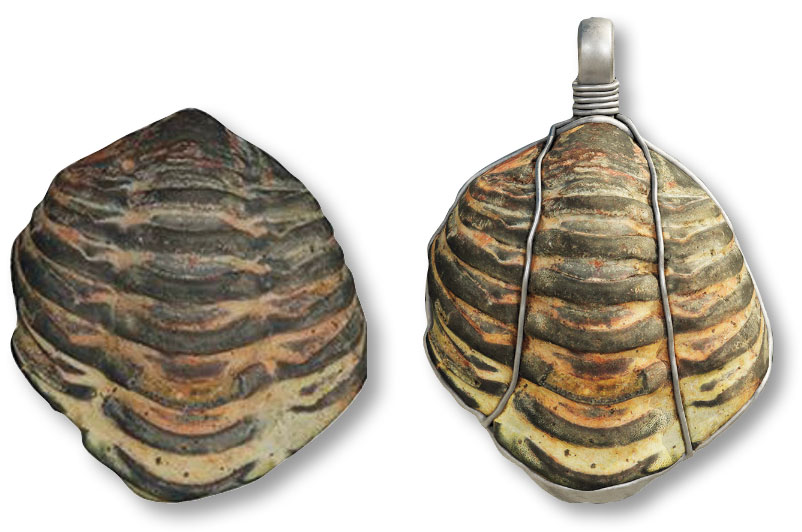
The team’s analysis indicates that the fossil has seven deliberately cut facets, possibly made to fit within a pendant or bracelet. This suggests it may have served as a magical amulet. “The existence of beads imitating trilobites indicates the high value these fossils had as protective elements,” says Fernández-Fernández. “It’s difficult to know why these objects appear in classical texts and yet are so rare in the archaeological record.” The team also encountered a subtle historical coincidence. The trilobite fossil was found close to a bronze coin stamped with the profile of the emperor Augustus (reigned 27 b.c.–a.d. 14), who was recognized as an avid fossil hunter and founded the world’s first known paleontological museum.


